Review - ZWO Atmospheric Dispersion Corrector, page 2
Posted: 15 August 2019
Astrophotography
There are three ways to attach a camera. The ADC has threads to directly attach a T-ring (not included). You can also use a 1.25" camera adapter nosepiece (not included) in the eyepiece hole. The last way is for afocal imaging using an eyepiece. Here are photos of some setups. I used the star diagonal to avoid the long equipment train that would have been needed without the diagonal.
DSLR, T-ring only
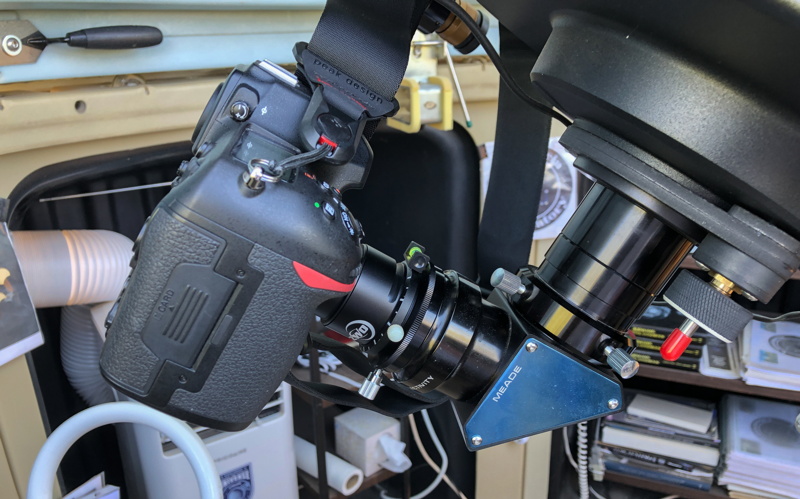
DSLR, nosepiece
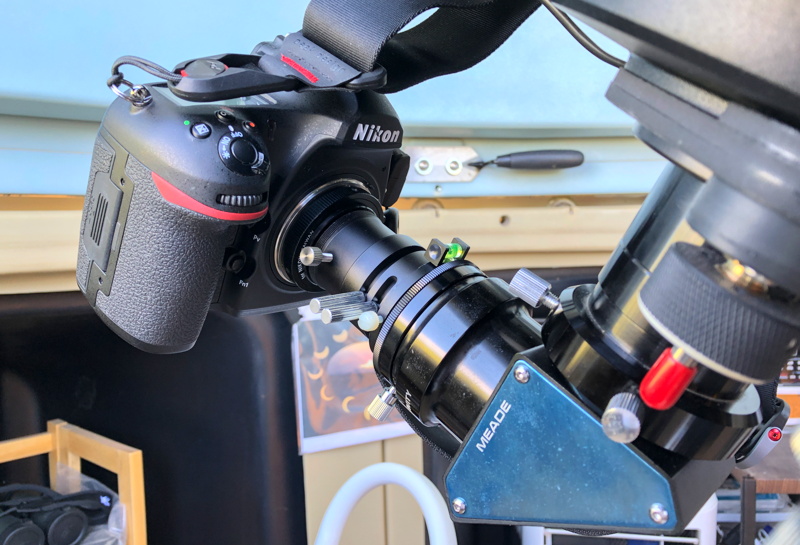
DSLR, nosepiece, 4X Powermate
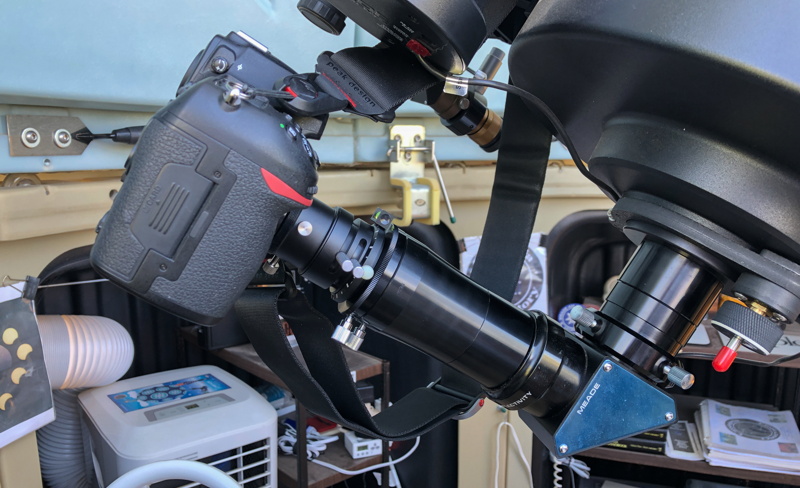
iPhone, afocal 15mm eyepiece
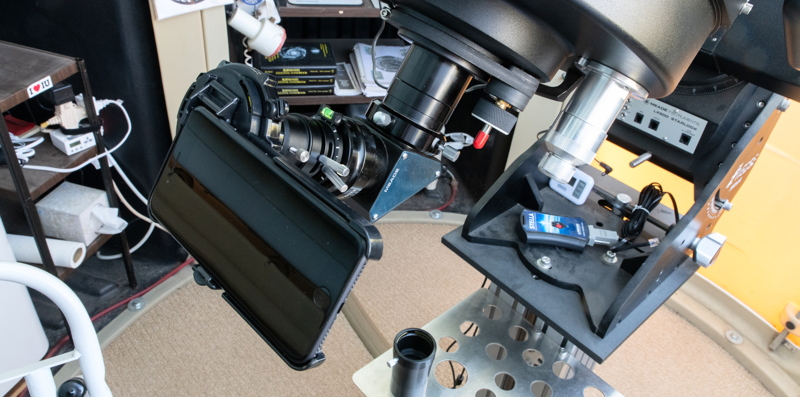
After a lengthy delay due to cloudy nights and travel I was finally able to use the ADC for imaging Jupiter and Saturn. Rotating the star diagonal to align the bubble level to the horizon worked well. Mounting the DSLR on the ADC with a nosepiece then allowed the camera to be rotated as needed for proper framing without needing to reposition the bubble level. I do not use FireCapture or SharpCap when imaging, consequently removing color fringing when imaging was similar to doing it for visual observations; zooming in using Live View helped.
Here are three prime focus + 4X Powermate full frame images (single frames) of Jupiter (altitude 35°) taken with a D850 DSLR showing the planet without the ADC, with the ADC and extreme coloring fringing (adjusting the prisms to a maximum effect), and with the ADC corrected to eliminate color fringing. The Great Red Spot is rotating into view near the right limb of the planet.
No ADC
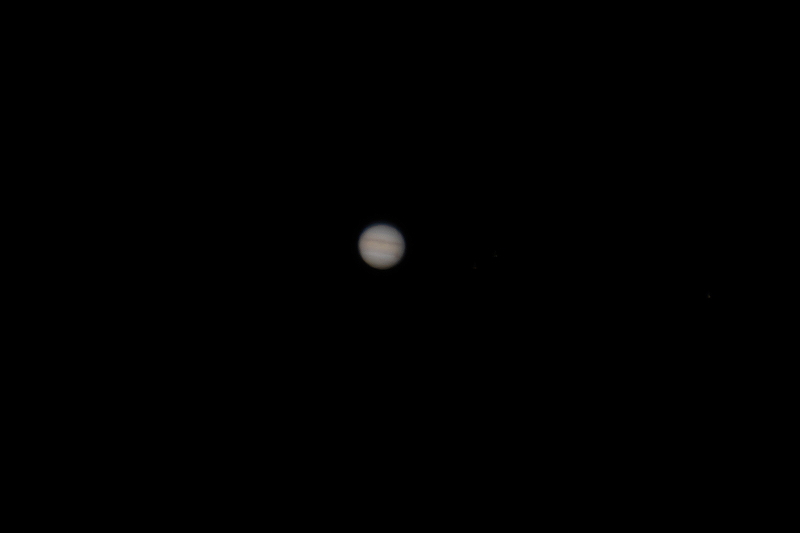
ADC color fringing
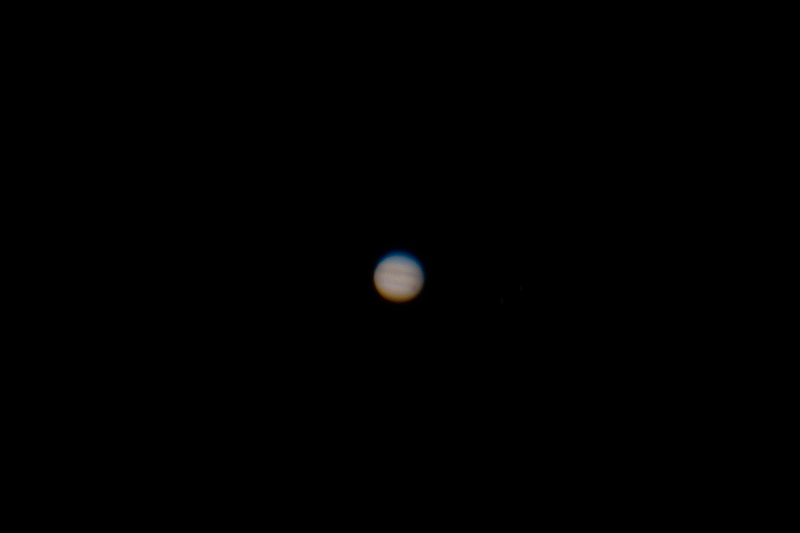
ADC color fringing eliminated
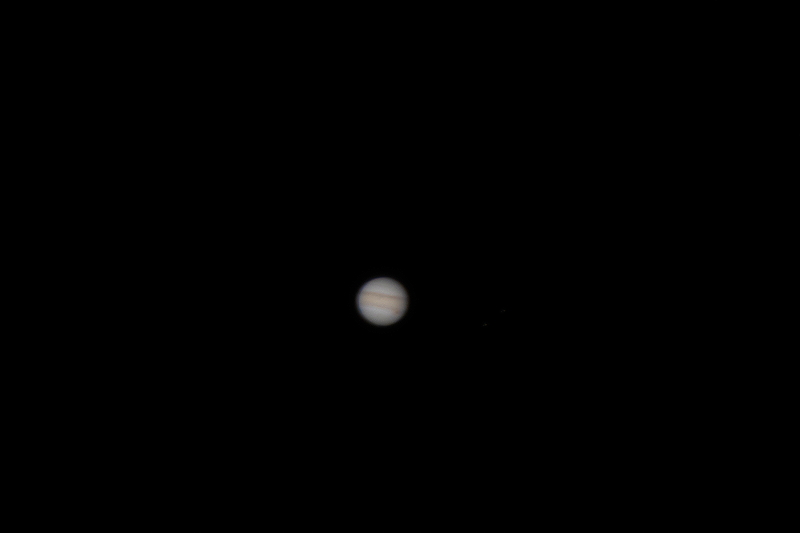
This is a fringe corrected D850 prime focus + 4X Powermate full frame image of Saturn (altitude 30°).
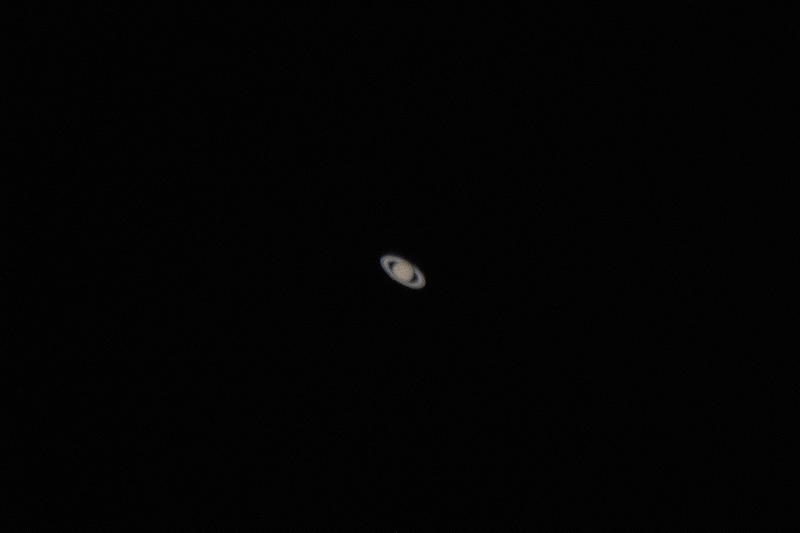
Seeing was not ideal for the above images.
These ADC corrected images were taken on another night, although seeing was not very good due to clouds. They have been cropped from the D850 full frame images.
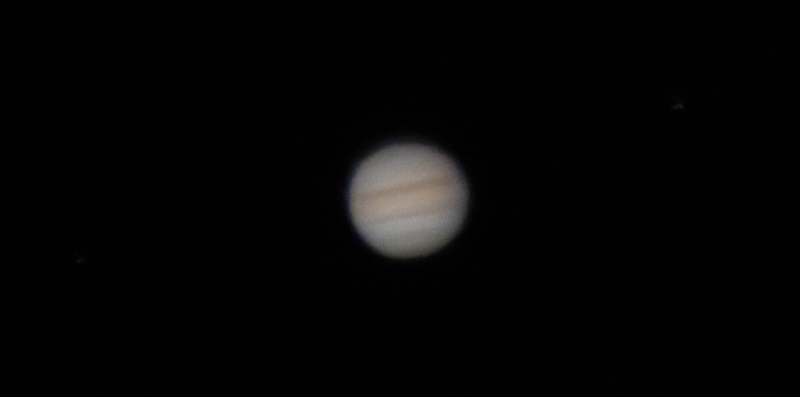
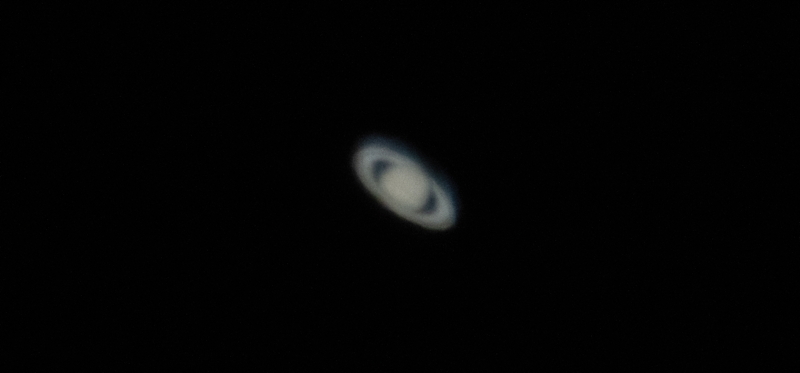
Using a smartphone is somewhat simpler. First focus and correct the view in the eyepiece using your eye, then attach the smartphone (or handhold it over the eyepiece). Take still photos or videos for later stacking. Here are some images of Jupiter taken with an iPhone 8 Plus and the iOS app NightCap Camera. The only issue I had when using the ADC for afocal imaging was that with the Phone Skope adapter the field-of-view (FOV) was very restricted when using a 15mm eyepiece + 2X Powermate. This made locating and centering the planet very difficult. I ended up handholding the phone over the eyepiece for the images with the ADC.
No ADC, 15mm eyepiece + 2X Powermate
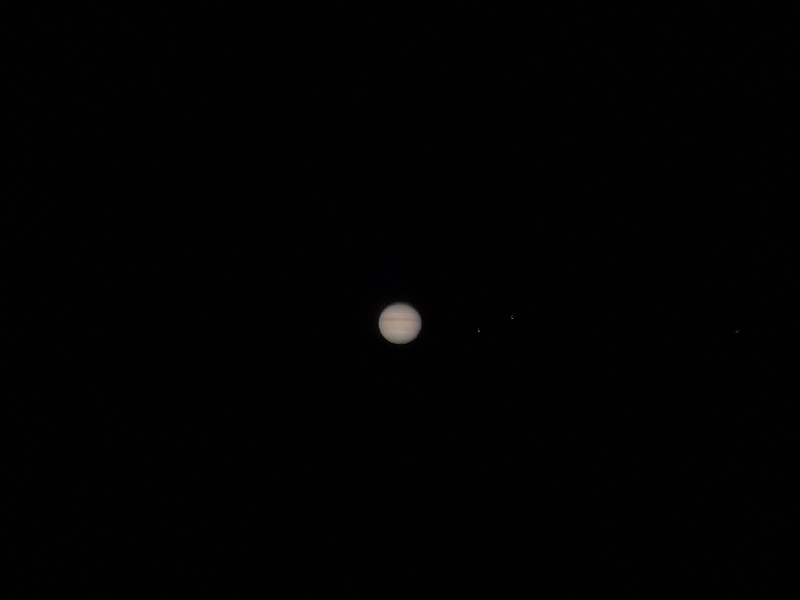
ADC color fringing, 15mm eyepiece + 2X Powermate
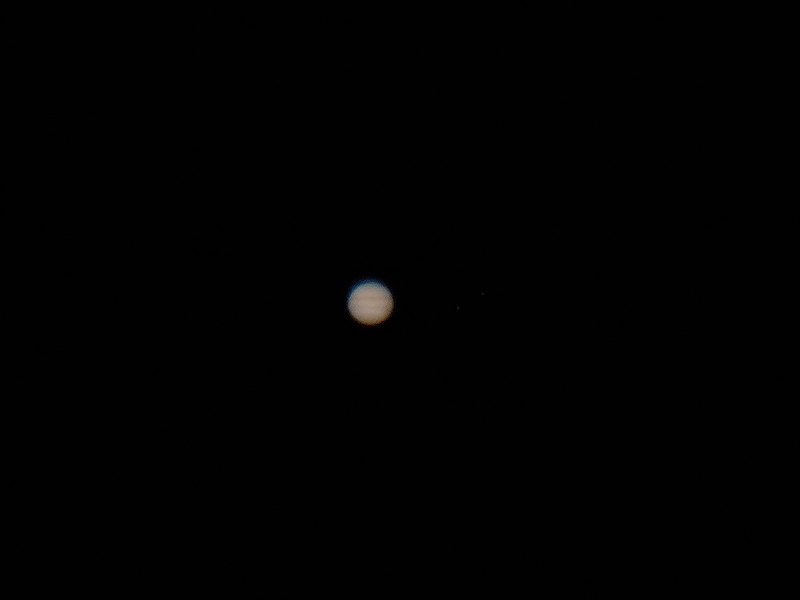
ADC color fringing eliminated, 15mm eyepiece + 2X Powermate
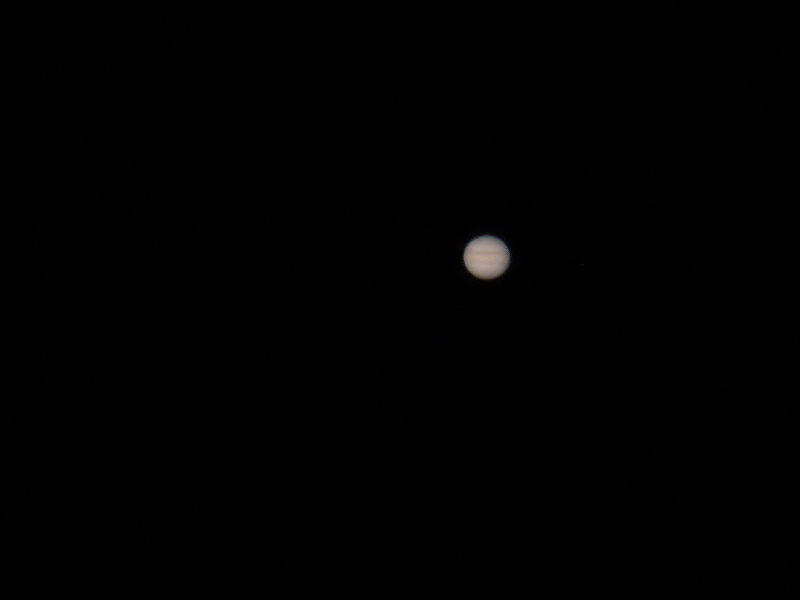
With a 9mm eyepiece and the Meade Smartphone Adapter the FOV was fully available. These iPhone images (poor seeing due to clouds) are cropped to the eyepiece FOV:
ADC color fringing eliminated, 9mm eyepiece
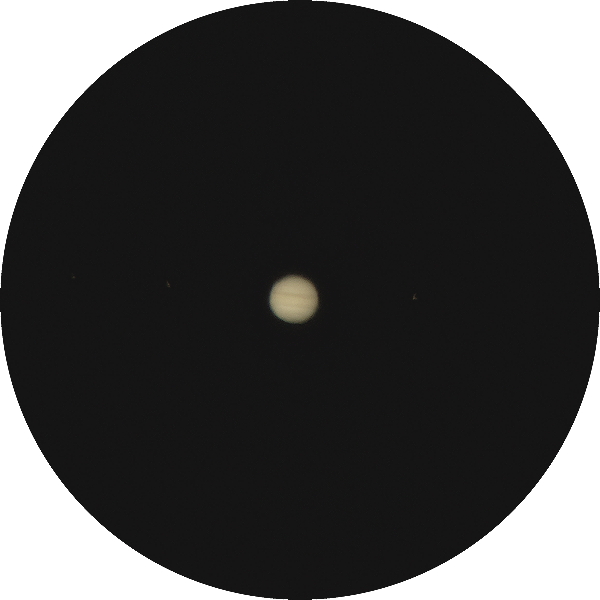
ADC color fringing eliminated, 9mm eyepiece
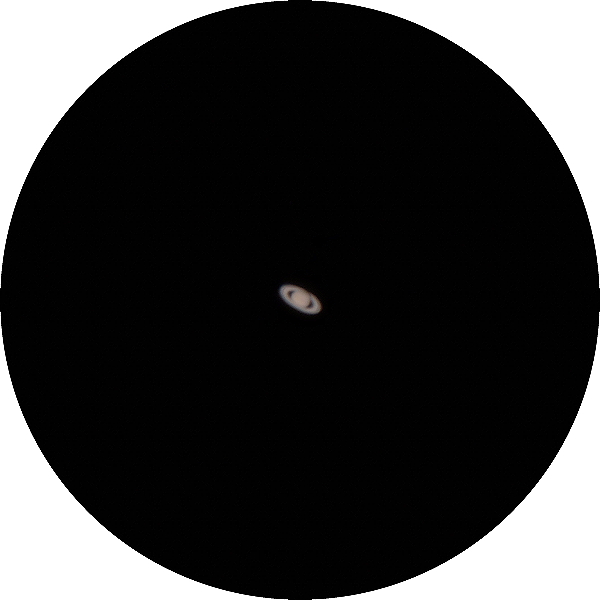
Summary
Hopefully this review has shown that the ZWO Atmospheric Dispersion Corrector can be an excellent aid to remove color fringing on planets due to atmospheric refraction. It is effective for both visual and photographic uses. While the images of Jupiter and Saturn I've shown are not great they do show that eliminating the color fringing can improve the images. The only real difficulty I had was the restricted field-of-view during afocal imaging with the smartphone. This is dependent on both the eye relief of the eyepiece and the design of the smartphone adapter. It is not a flaw in the ADC.
Although the ZWO ADC manual is sufficient to get you started, it would be improved by including visual use and DSLR, mirrorless, and afocal imaging instructions.
The ZWO Atmospheric Dispersion Corrector is an excellent way to eliminate color fringing when imaging planets low in the sky. I look forward to using it on Mercury and Venus when they appear again in the western sky and for more imaging of Jupiter and Saturn. I will report the results of those ADC images on future Cassiopeia Observatory reports.
For more about Atmospheric Dispersion Correctors, check out this article by Martin Lewis: "Equipment- Atmospheric Dispersion Corrector (ADC)".
Go back to page 1.
Comments are welcome using Email. If you are on Twitter you can use the button below to tweet this review to your followers. Thanks.
Cassiopeia Observatory Home Page
Copyright ©2019 Michael L. Weasner / mweasner@me.com
URL = http://www.weasner.com/co/Reviews/2019/ZWO_ADC/index2.html

